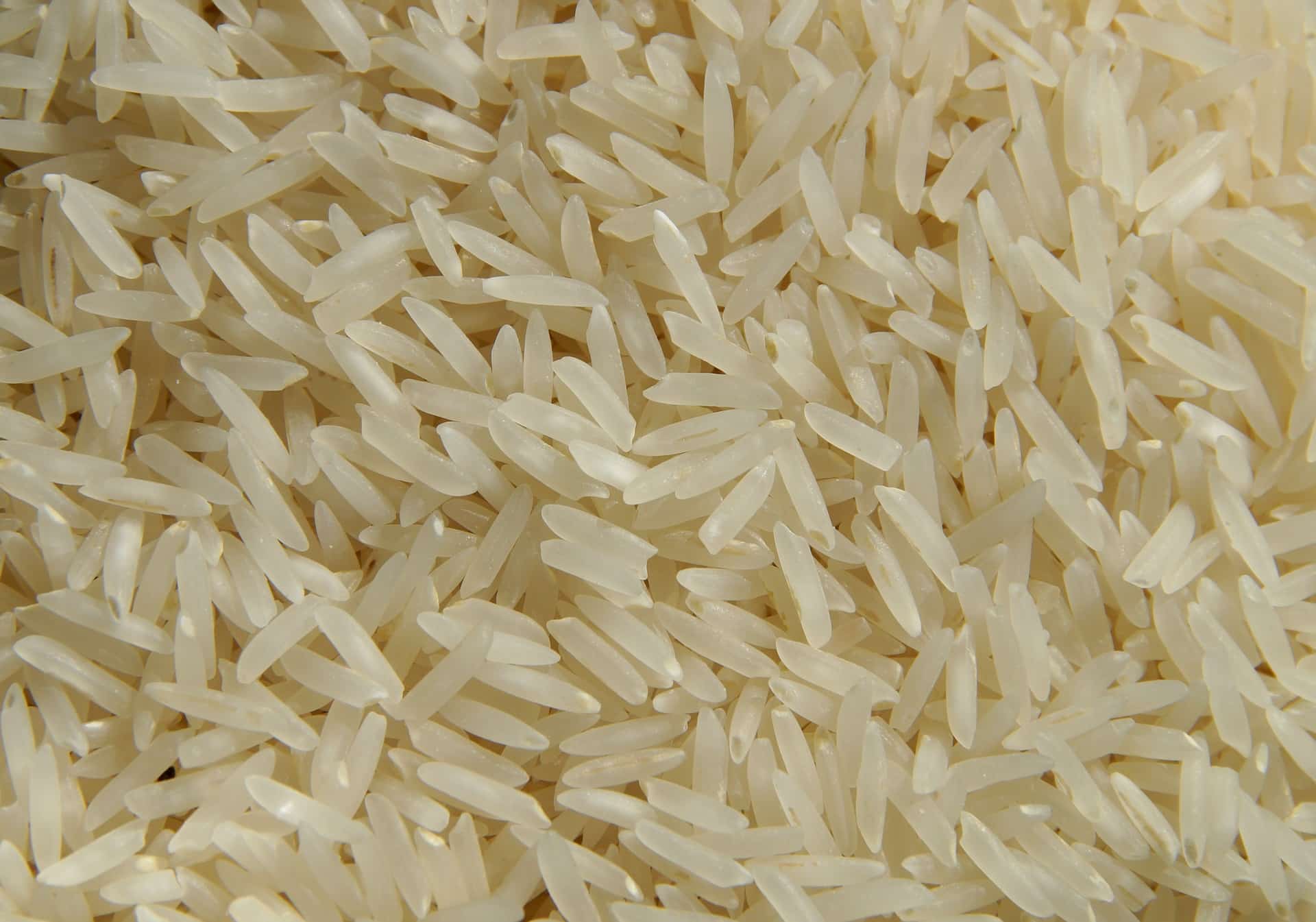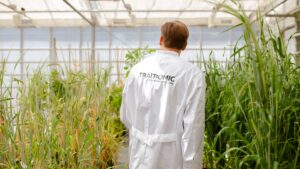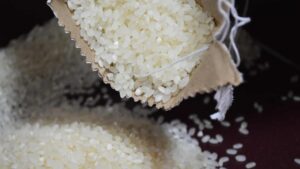A mutation gene that may help rice plants survive despite adverse conditions has been identified by a balik scientist fellow hosted by DA-PhilRice.
Nonawin Lucob-Agustin, together with other researchers from Nagoya University in Japan, discovered the wavy root elongation growth 1 (weg1) gene, which may help rice cope with drought especially in rainfed lowlands where water is scarce.
The scientist explained that the gene was identified from mutants of a rice variety called Taichung 65. The mutant has wavy parental roots compared to its normal type that has straight parental roots.
“The wavy root is found to be highly branched compared to the straight root. Highly branched root system enables the plant to explore its underground environment for water and nutrients, which may maintain survival and productivity even under drought condition,” Lucob-Agustin, who won a 2021 Special Citation Award from the National Academy of Science and Technology, explained.
She said the weg1 mutant produces more L-type lateral roots, which are smaller roots produced from the parental root. She explained that between the two types of lateral roots — the S-type and L-type, the latter are capable of higher order of branching; thus, “important for the expansion of the entire root system for more absorption of water and nutrients from the soil.”
“The mutation gene directly regulates asymmetric cell elongation that causes growth of wavy parental root and indirectly regulates the emergence of highly developed lateral roots,” Lucob-Agustin said.
Meanwhile, the researchers found high auxin level accumulation at the outer bent regions (curvatures) of the wavy parental root where L-type lateral roots grow.
“High auxin level likely induces the formation of L-type lateral roots,” she said. Lucob-Agustin further emphasized that this mutation gene has no detrimental effects to shoot and yield, and is responsive to nutrient levels.
“The highly branched roots may also be important in taking in immobile nutrients such as phosphorus,” she said.
The weg1 mutation gene also affects only the formation of wavy roots and lateral root, and has no retarding effects on other root components.
“Further evaluation showed that this mutation gene maintains the rice plant’s shoot growth under continuing drought and soil moisture fluctuations in Philippine conditions. Hence, it can be a material for rice breeding to improve shoots under water-limited conditions,” she explained.
She added that her team is currently developing lines using the weg1 to develop drought-resistant and high-yielding varieties of rice.













